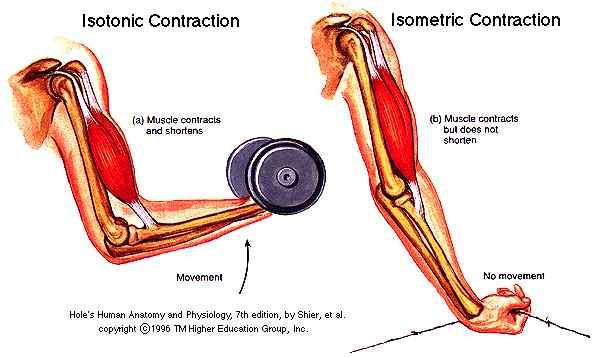How Do I Relax My Neck?
- James Drewe
- Oct 3, 2022
- 4 min read
Updated: Jan 12

For many people, tension in the neck must be a major cause of so much daily discomfort, this part of the body being one of the major holding places of stress, as well as one of the hardest to relax.
But we 'get used to it', don't we?
We start to accept it as part of our day to day lives, and put up with it.
What causes it?
Stress
Poor posture
Office/desk work
Text and phone neck
Shoulder bags, and haversacks
Repetitive actions
Poor eyesight/wrong strength of lenses
Standard neck remedial exercises.

Out of curiosity, I googled this before starting to write about it. I have my own ideas about this, but was amazed to find so many exercises that recommended movements that seemed to me to exacerbate the problem rather than help it.
This was things like, stretch your neck to one side, or force your chin down to stretch the back of the neck, etc.
Mechanics

The person in this drawing apparently has a tense neck on the right side, and is trying to stretch it. This is what all of us do to try to relieve the tension, myself included. Sometimes we can even make it 'click', 'pop', or 'grind' which gives us a temporary relief, but the relief is temporary, and the problem returns.
When you attempt to open the vertebrae (or stretch the muscle) on one side, in doing so, you compress the vertebrae (or are tightening the muscle) on the other side. In other words, you always have to use the opposite side of the object (a neck in this case) to create an action on the first side.
Most of the time, it doesn't improve the situation, although there may be a temporary feeling of relief.
This applies to turning your head or any of the other actions in image 1 above. You could almost argue that you are attempting to make something better by making something else worse.
My own experience...
In my late 20s and for most of my 30s my back was in a terrible state through a mixture of bad posture and a lot of stress.
As all of you who have or have had back problems will know, this was mainly lumbar (lower) spine problems - very debilitating, and making it difficult to function normally.
Like a great many people, I used to try exercising my back as hard as I could in an attempt to force it to get better; I had the idea that if I really worked and stretched the uncomfortable muscles, I would get rid of the tension.
What I didn't understand at the time was that the area was inflamed, and, far from solving anything, it was inflaming it more and making everything worse.
Okay, so what should you do?
Nothing.... don't DO anything... you need to UNDO.

The main body of the spine is divided into the cervical, thoracic, and lumbar vertebrae.
For the moment, our main focus is on the neck vertebrae - the cervicals. There are 7 of these, and, for most people, the easiest one to find is the bottom one (Cervical 7 or C7); this is because it sticks out slightly further on the back of your neck than the other ones. When you bend your head forwards, it will be just above the shoulder line.
This vertebra is particularly important for neck release as it is the connecting vertebra to Thoracic 1 - the bone immediately below it.
An exercise
Either sitting or standing, feel as though C7 is settling to join all the vertebrae below it - almost as though it is attempting to become a Thoracic vertebra!
Whilst doing this, observe (without doing anything, so don't try to force it) what is going on in both in your neck and your shoulders. If you feel anything, and you might not, don't try to encourage it, don't even dwell on it, stay impartial. Stay watching the experience like an outsider, and see where it leads.

Tension is caused by muscles contracting, and the best way out of contraction is to watch them expanding or undoing on their own. If you try to FORCE them to expand, you are contracting a different set of muscles (usually on the other side of the body or the limb) to force a stretch.
If you force a tense muscle to stretch by using muscles on the opposing side, you might manage to stretch it a certain amount, but the main problem is that, because you are tensing the other side of the body or limb, the pivotal point in the middle is being compressed.

Using this same picture again, the right side, although stretching a certain amount, is still under pressure (because the muscles don't want to undo), but the left side is now very tense.
If both sides are under pressure, where does the tension go? It can only go into the spine (the central pivotal point), and the vertebral discs become compressed.
James Drewe teaches Tai Chi and Qigong in both London and in Kent and online.
Details of weekly classes both live and online can be found on the website, and there are classes for 2-person Tai Chi on one Saturday a month.
You can also learn both tai chi & qigong through a monthly subscription, and there are also many free videos on YouTube.
CONTACT:
Email: taijiandqigong@gmail.com
Phone: 07836-710281


Comments